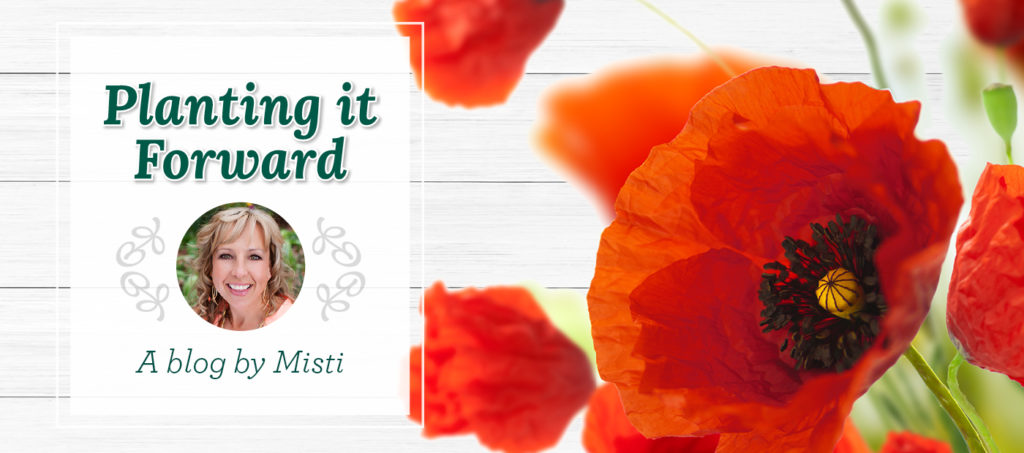
Spring is here and that means it’s seed potato season!
Yes, you can easily grow your own tubers to enjoy baked, mashed, scalloped or fried.
Potatoes require little maintenance and don’t even require much space to grow, so whether you have a huge garden or are growing potatoes in an apartment, you’ll have lots of delicious starchy goodness to enjoy.
Because tubers will grow in the soil that lies between the surface and the original potato start, it’s important to mound additional soil on top of the emerging plant. You may have do this a couple of times in the early stages of growth, so plant your potatoes in an area that allows you to mound the dirt over them.
Here’s how you can grow potatoes in six easy steps.
Step 1: Choose where to plant.
It can be in the ground, a raised bed, or a planter box. Just remember that potatoes need a soil depth of about two feet to grow in, and they will rot if left to sit in wet soil; make sure your have good drainage wherever you plant.
Step 2: Choose your potato.
No, you shouldn’t use potatoes from the grocery store. Why? Because most store potatoes are treated with a “sprout retardant” which gives them a longer life in your pantry, but doesn’t work for planting. What you want is certified seed potatoes from a reputable garden center like Warner’s Nursery.
In terms of variety, you’ll want to choose a potato that best suits your taste and how you plan to cook them:
- Fingerling – Low in Starch. Use: Roasted potatoes, steamed or broiled potatoes
- Red Skinned – Low in Starch. Use: Potato Salads, Gratins, Fried potatoes
- Yukon Gold – Medium Starch. Use: Baked Potatoes, Mashed Potatoes, Soups
- Russet: High in Starch. Use: Baked Potatoes, French Fries, Potato Pancakes
Step 3: Plant the potato
Potatoes prefer slightly acidic soil but will perform well in almost any soil. If you are planting in a container, always choose a potting soil. If planting in the ground, garden compost works well.
Each eye of the potato will grow, therefore you can cut the potato into several pieces each with an eye. Allow the cuts to dry prior to planting.
Press the potato start about 6 inches into the soil with the eyes facing toward the sun. Cover the starts with soil. Remember to mound additional soil on top of the emerging plant, leaving some green foliage above the soil line so that the leaves can photosynthesize. (Another reason not to let the potatoes have direct exposure to the sun is that it will “green” the potato which can make them bitter – and potentially toxic!)
Step 4: Watering and fertilizer
Potatoes require minimal care. Keep the soil moist, but avoid over watering, which will cause the potatoes to rot. After the plant has grown a few inches tall, apply an organic fertilizer that is safe for edibles. This should be the only round of fertilizer you apply, as too much fertilizer will produce a large, lush plant; but few tubers.
Step 5: Let the foliage expire
If you are impatient (like me!), you can harvest the small baby potatoes as soon as the plant finishes flowering. Once the flowers are gone, the plant’s energy is completely invested in growing tubers. As the plant starts to turn yellow and die back, dig down and gently harvest a few potatoes to test their size. People willing to wait the full term for tuber maturity will know it’s time to harvest when the potato plant dies back completely.
Step 6: Harvest – and enjoy!
Depending on how you planted your potatoes, you will either need to dump out the container or dig them out of the earth. Once you’ve harvested all the potatoes, dispose of the soil and the expired plant. The nutrients in the soil are gone and it may harbor disease, so don’t reuse the soil or put in the compost pile.
Wash the potatoes, and allow them to air dry before storing. Harvested potatoes can be kept in a cool, dark location for several months.
Happy gardening!
Misti